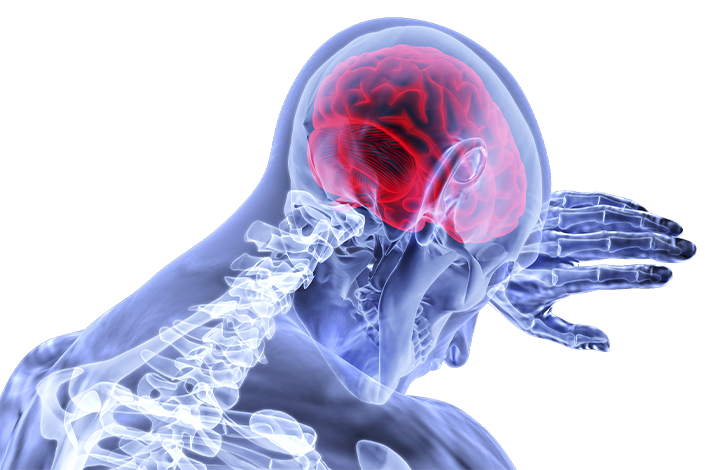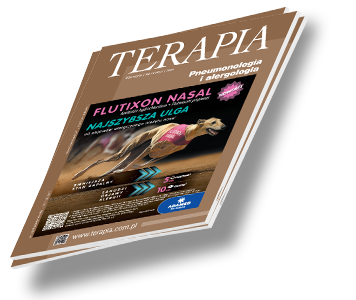W gabinecie lekarza rodzinnego Terapia 2021, 5 ( 400 ) : 38 - 44
Między sercem a rozumem – jak zapobiegać i optymalnie leczyć udar niedokrwienny mózgu w przebiegu zatorowości sercowopochodnej?
Between heart and mind: How to prevent and optimally treat ischemic stroke in the course of cardiogenic embolism
Given the high incidence of stroke, relatively easy identification of risk factors and the possibility of effective treatment of the reversible ones, appropriate prophylactic measures have become a strategic therapeutic goal. Atrial fibrillation (AF) increases the risk of stroke by 2.5- to 4.5-fold and is thought to be responsible for nearly a third of all ischemic strokes. Detailed diagnostics of cryptogenic ischemic stroke frequently identifies previously unrecognized AF, which is the source of cardiovascular embolism as the most probable etiological factor of the ongoing acute ischemia of the central nervous system. As a result, apart from hypertension and diabetes, AF is one of the key diseases where correct diagnosis and treatment can significantly reduce the risk of stroke.
This paper presents a synthetic overview of the most im-portant diagnostic and therapeutic aspects of ischemic stroke and cerebrovascular disease in a patient with atrial fibrillation.
Udar mózgu coraz częściej jest określany mianem „ostrego zespołu mózgowego”, co podkreśla jego analogię do ostrego zespołu wieńcowego.
Udar mózgu, według klasycznej definicji World Health Organization (WHO), określany jest jako neurologiczny deficyt skorelowany z ostrym miejscowym lub uogólnionym uszkodzeniem ośrodkowego układu nerwowego (OUN), trwający ponad 24 godz. i spowodowany wyjściowo przyczynami naczyniowymi. Definicja ta uległa zmianie w 2013 r. ‒ American Heart Association/American Stroke Association (AHA/ASA) przyjęły, że udar mózgu należy rozpoznać także wówczas, gdy typowe objawy kliniczne trwają krócej niż 24 godz., ale ognisko niedokrwienne zostało udokumentowane za pomocą badań neuroobrazowych (1,2). Sam fakt wystąpienia nowych niedokrwiennych zmian w badaniu neuroobrazowym upoważnia do rozpoznania udaru, zaś ich brak, przy obecności przejściowych objawów ubytkowych, pozwala na rozpoznanie TIA (transient ischemic attack, przemijający atak niedokrwienny).

Zaloguj się i przeczytaj bezpłatnie całą treść artykułu.
Nie masz jeszcze konta dostępowego?
Zarejestruj się bezpłatnie, a otrzymasz:
* dostęp do wszystkich doniesień oraz pełnych tekstów artykułów naukowych w naszej Czytelni,
* prawo do bezpłatnego otrzymywania newslettera "Aktualności TERAPIA" z przeglądem interesujących i przydatnych wiadomości ze świata medycyny oraz systemu ochrony zdrowia w Polsce i na świecie,
* możliwość komentowania bieżących wydarzeń oraz udziału w ciekawych quizach i konkursach.
Zapraszamy serdecznie, dołącz do naszej społeczności.



Dodaj komentarz